International
The debate from the inside: two podiums, stopwatch of lights and a thousand journalists in a stadium
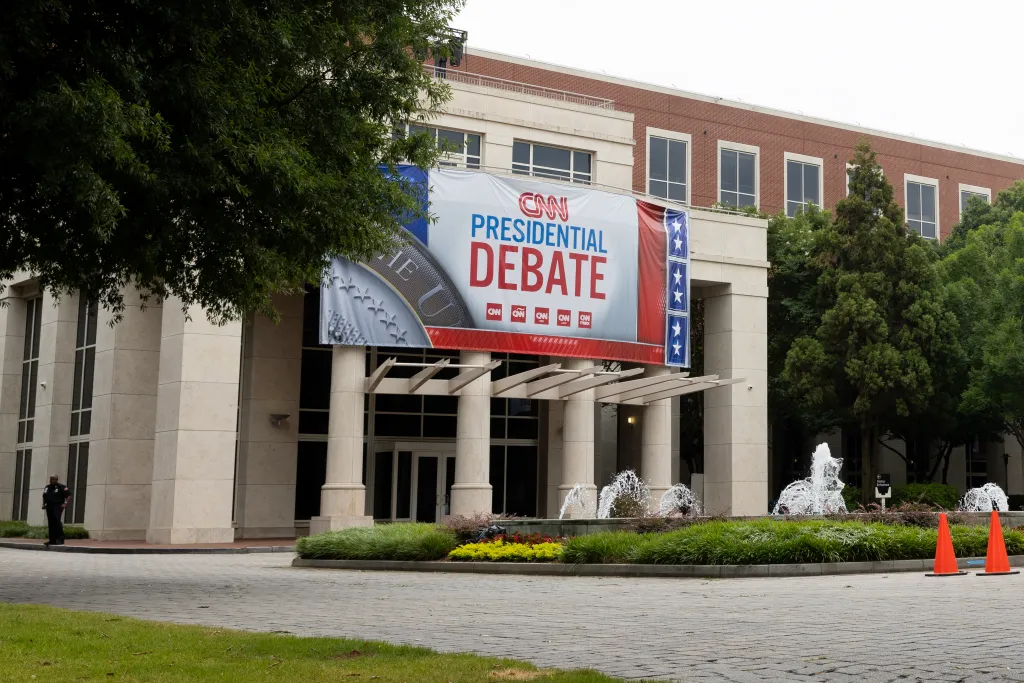
The logistics of a presidential debate in the United States is not a simple thing and even less in the first and decisive face-to-face that democrat Joe Biden faces Republican Donald Trump this Thursday.
These are the studies inside where this historic day will be held in the city of Atlanta, which were already armored by the Police with several surrounding streets cut off to traffic.
The debate will begin at 9:00 p.m. local time (01:00 GMT on Friday) in a CNN television studio on the Techwood campus, in downtown Atlanta, with no public presence and will last 90 minutes with two advertising breaks.
The candidates, the oldest in history, will debate standing on two podiums separated by 2.4 meters and will have behind them a set with the slogan ‘CNN Presidential Debate’.
By lot, it was up to the Democratic campaign to choose the position of the candidates and opted for Biden to be on the right side of the television screen and Trump, on the left side.
Candidates will access the study by opposing entries and it is unknown if they will greet each other by shaking hands.
Right in front, the moderators of the debate, journalists Jake Tapper and Dana Bash, will be sitting at a table, who will ask the questions to the candidates and they will have two minutes to answer.
Biden and Trump will not have a stopwatch as such: above the cameras they will see lights that will turn yellow when they have 15 seconds left of their turn of speech, they will blink when five seconds remain and they will be red when their time has run out.
Only the microphone of the candidate who has the turn of the word will be turned on and his rival will have it off. Anything he says will be practically inaudible to viewers.
This is how it is tried to prevent the repetition of the screams and interruptions that led the two tense face-to-face between Biden and Trump of the 2020 elections.
None of the candidates will be able to talk to their advisors during the two breaks and they are prohibited from taking previous notes, although they will have a notebook and a pen to take notes.
About a thousand journalists from several dozen different countries have been accredited for the debate, a demonstration of the great international interest of this event, which could break audience records.
But the reporters will not be in the CNN studio, but in an adjoining basketball stadium, the Hank McCamish Pavilion, where the Georgia Tech Yellow Jackets usually play.
It is not an unusual press room. Journalists work from the stands where spectators usually watch the matches, but this time what they will see on the giant screens of the stadium is the face-to-face between Biden and Trump.
The court where the games are played has been lined with a red carpet to house the famous ‘spin room’ and the programs of the major American television networks.
It will be in that space, where the advisors of both campaigns will walk to give interviews and pull arguments to convince journalists that their candidate was the clear winner of the day.
International
Police investigate deaths of Rob Reiner and wife as apparent homicide

The Los Angeles Police Department (LAPD) is investigating the deaths of Hollywood actor and filmmaker Rob Reinerand his wife as an “apparent homicide,” amid a wave of tributes to the director of classics such as When Harry Met Sally.
According to U.S. media reports on Sunday, Rob Reiner and Michele Singer Reiner were found dead at their Los Angeles mansion with what appeared to be stab wounds.
Several political figures shared messages of condolence following the reported deaths of the director of A Few Good Menand his wife.
While the LAPD did not officially confirm the identities of the victims, it stated that homicide detectives were dispatched to the Reiner residence.
“At this time, no additional details are available and the investigation into an apparent homicide is ongoing,” the Los Angeles Police Department said in a statement posted on social media.
LAPD Deputy Chief Alan Hamilton told reporters that no arrests have been made and that no individuals are currently being questioned as suspects.
“I’m not going to confirm whether anyone is being questioned at this moment or not. We are going to try to speak with as many family members as we can,” Hamilton said.
CNN reported that a family spokesperson confirmed the deaths of Reiner and his wife.
California Governor Gavin Newsom, former U.S. President Barack Obama, and former Vice President Kamala Harrisissued statements expressing their condolences.
International
U.S. and Mexico Reach Deal to Address Water Deficit Under 1944 Treaty
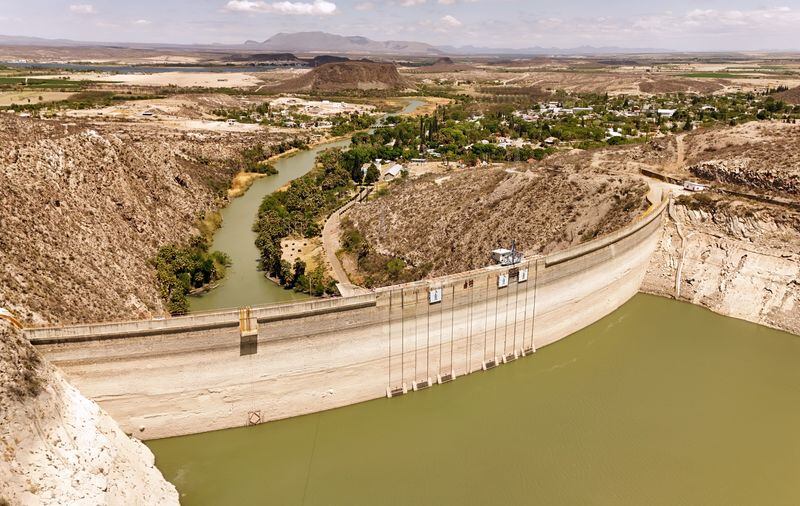
The United States and Mexico have reached an agreement to comply with current water obligations affecting U.S. farmers and ranchers and for Mexico to cover its water deficit to Texas under the 1944 Water Treaty, the U.S. Department of Agriculture said in a statement.
The department уточified that the agreement applies to both the current cycle and the water deficit from the previous cycle.
On Monday, U.S. President Donald Trump accused Mexico of failing to comply with the water-sharing treaty between the two countries, which requires the United States to deliver 1.85 billion cubic meters of water from the Colorado River, while Mexico must supply 432 million cubic meters from the Rio Grande.
Mexico is behind on its commitments. According to Washington, the country has accumulated a deficit of more than one billion cubic meters of water over the past five years.
“This violation is severely harming our beautiful crops and our livestock in Texas,” Trump wrote on Monday.
The Department of Agriculture said on Friday that Mexico had agreed to supply 250 million cubic meters of water starting next week and to work toward closing the shortfall.
Agriculture Secretary Brooke Rollins, quoted in the statement, said Mexico delivered more water in a single year than it had over the previous four years combined.
Trump has said that if Mexico continues to fall short of its obligations, the United States reserves the right to impose 5% tariffs on imported Mexican products.
Mexico’s Deputy Foreign Minister for North America, Roberto Velasco, said that a severe drought in 2022 and 2023prevented the country from meeting its commitments.
International
Several people shot in attack on Brown University campus
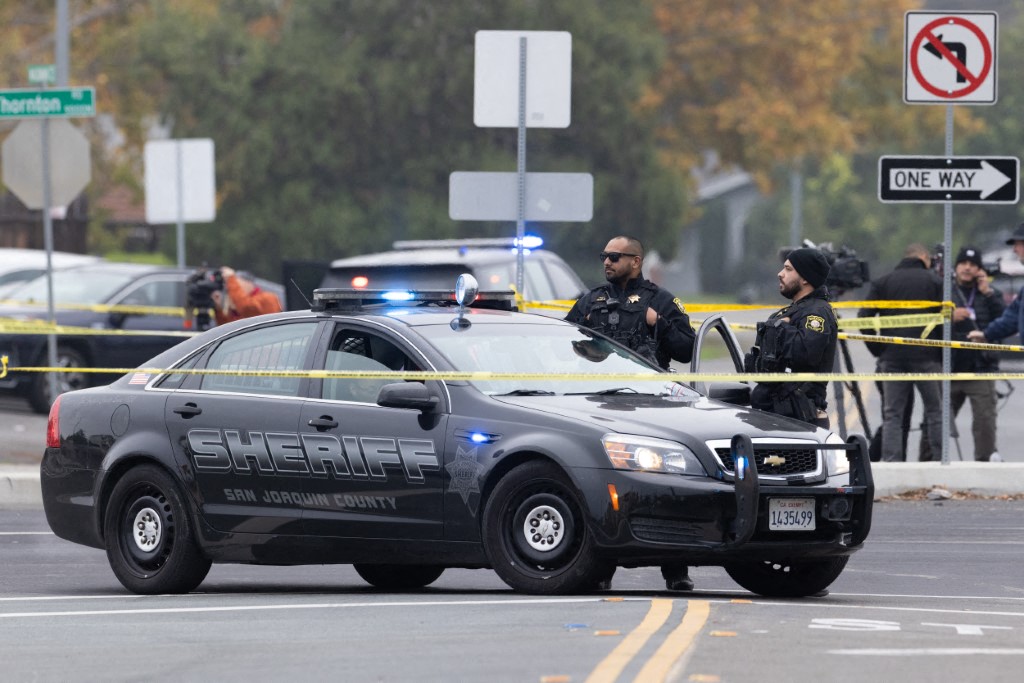
Several people were shot on Saturday in an attack on the campus of Brown University, in the northeastern United States, local police reported.
“Shelter in place and avoid the area until further notice,” the Providence Police Department urged in a post on X. Brown University is located in Providence, the capital of the state of Rhode Island.
U.S. President Donald Trump said on his social media platform Truth Social that he had been briefed on the situation and that the FBI was on the scene.
At 5:52 p.m. local time (11:52 p.m. GMT), Brown University said the situation was still “ongoing” and instructed students to remain sheltered until further notice.
After initially stating that the suspect had been taken into custody, Trump later posted a second message clarifying that local police had walked back that information. “The suspect has NOT been apprehended,” the U.S. president said.
-
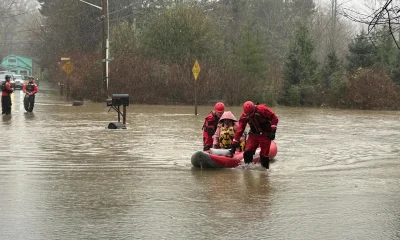
 International5 days ago
International5 days agoWashington declares State of Emergency as atmospheric river brings severe flooding
-

 International5 days ago
International5 days agoU.S. to require five-year social media history from tourists under Visa Waiver Program
-
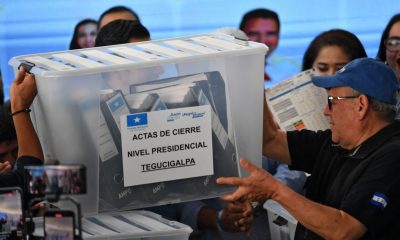
 Central America4 days ago
Central America4 days agoHonduras election crisis deepens as CNE president denounces intimidation attempts
-

 Central America5 days ago
Central America5 days agoOAS and EU urge honduran political actors to respect vote results and avoid unrest
-
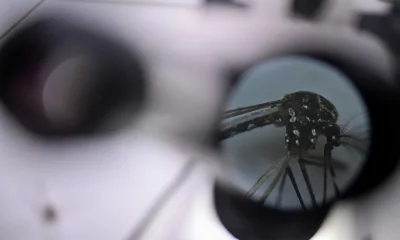
 International4 days ago
International4 days agoCuba battles out-of-control dengue and chikungunya epidemic as death toll rises to 44
-
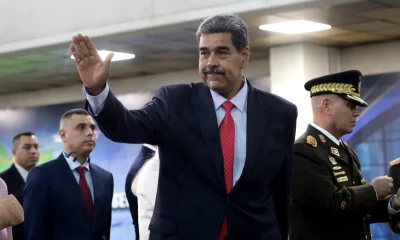
 International4 days ago
International4 days agoColombia says it would not reject Maduro asylum request as regional tensions escalate
-
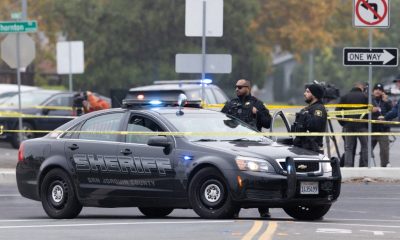
 International2 days ago
International2 days agoSeveral people shot in attack on Brown University campus
-

 International12 hours ago
International12 hours agoPolice investigate deaths of Rob Reiner and wife as apparent homicide
-
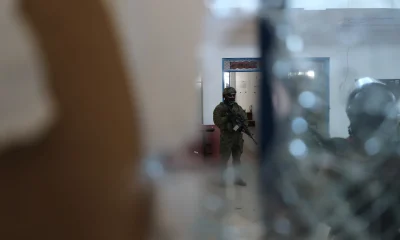
 International4 days ago
International4 days agoEcuador on track for record violence as homicides hit highest level in Latin America again
-
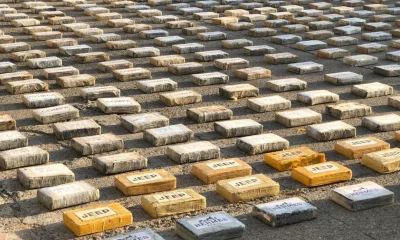
 Central America1 day ago
Central America1 day agoPanama seizes over three tons of drugs hidden in Caribbean port container
-
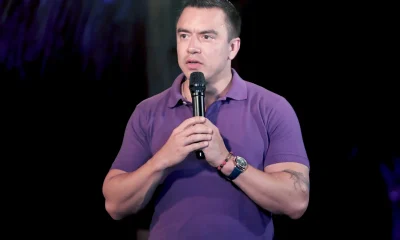
 International5 days ago
International5 days agoSix ecuadorian soldiers jailed pending trial for alleged extrajudicial execution
-

 Central America12 hours ago
Central America12 hours agoOAS urges swift recount in Honduras as election results remain uncertain
-
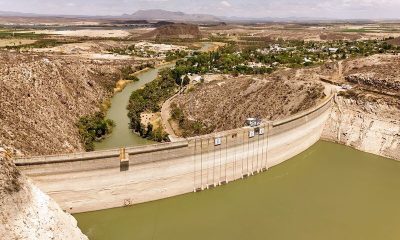
 International2 days ago
International2 days agoU.S. and Mexico Reach Deal to Address Water Deficit Under 1944 Treaty


























